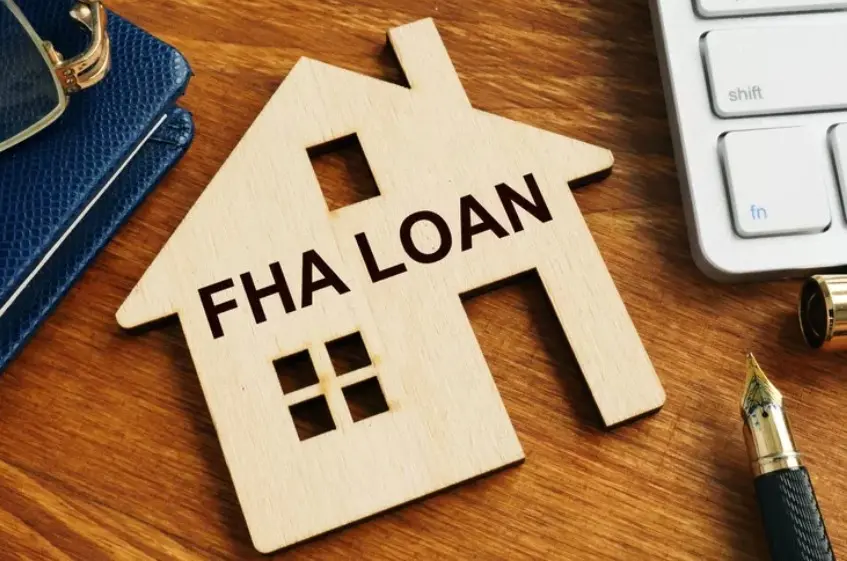Refinancing can be a strategic move for homeowners looking to reduce monthly mortgage costs or tap into built-up equity. For those already holding—or considering—an FHA loan, there are two primary refinance routes: a streamline refinance and a cash-out refinance. Each comes with its own set of advantages, from minimal paperwork to the ability to convert home equity into readily available funds. Below, we’ll break down how FHA refinancing works, what to expect with mortgage insurance premiums (MIP), and how improved credit since your original loan might mean even more savings.
1. Streamline Refinance: Minimal Documentation and Faster Processing
What Is an FHA Streamline Refinance?
An FHA streamline refinance is designed exclusively for homeowners with an existing FHA loan. Its main selling points include reduced paperwork, no requirement for a home appraisal in some cases, and a faster closing process. This makes it a convenient option if you want to:
- Lower Your Interest Rate: If market rates have dropped or your financial situation has improved, a lower rate can directly reduce your monthly payment.
- Adjust Your Loan Term: Switching from a 30-year to a 20-year mortgage (or vice versa) might align better with your financial goals.
- Key Benefits of Streamline
- Limited Paperwork: You typically won’t need to provide extensive income or employment documentation, as FHA already has much of your data on file.
- No Appraisal (Sometimes): Skipping the appraisal can save on costs and hassle, but some lenders may still require one to ensure certain guidelines are met.
- Faster Approval Process: Without the standard underwriting hurdles, you can move swiftly from application to closing.
- Eligibility Basics
- Current on Your FHA Loan: You must have a track record of on-time payments, typically with no more than one late payment in the past 12 months.
- Net Tangible Benefit Requirement: You need to show a clear benefit (e.g., reduced monthly payment or better loan term) for the new loan to be approved.
- No Cash Out Allowed: Unlike a cash-out refinance, you can’t pocket additional funds through a streamline; you can only adjust your interest rate and/or term.
2. Cash-Out Refinancing with FHA: Tapping Your Home Equity
What Is a Cash-Out Refinance?
A cash-out refinance lets you replace your current mortgage with a new, larger one—effectively withdrawing a portion of your home’s equity in cash. For FHA loans, you can often refinance up to 80% LTV (loan-to-value), depending on your property’s appraised value and other criteria. This influx of funds can be used for:
- Debt Consolidation: Rolling high-interest debts into your mortgage could lower overall interest costs.
- Home Improvements: Renovations or repairs may increase property value or make your home more comfortable.
- Major Expenses: Pay for education, medical bills, or other significant expenditures.
- Pros and Cons
- Pros:
- Immediate Access to Cash: Turn built-up equity into usable funds.
- Potential Rate Savings: If current market interest rates are lower than when you initially took out your mortgage, you might enjoy a lower rate while tapping equity.
- Cons:
- Higher Debt: Your overall mortgage balance goes up, leaving you with increased debt if property values decline or personal finances tighten.
- MIP Costs: FHA still requires mortgage insurance premiums, which may slightly offset the benefit of accessing equity.
3. Leveraging Improved Credit: Even Bigger Savings
Why Your Credit Score Matters
When you first secured an FHA loan, you might have had a credit score in the mid-600s. Over time, consistent on-time payments and responsible credit use can raise your FICO score. A higher score may allow:
- Lower Interest Rates: Even a half-percentage point can translate into substantial long-term savings.
- Potential to Transition Out of FHA: If your credit score has improved significantly, you might choose a conventional refinance to remove mortgage insurance premiums altogether—especially if you’ve built up sufficient equity.
- Combining Credit Gains with Refinancing
- Refinance for Better Terms: With your improved score, you could qualify for a more favorable FHA rate, or even shift to a different loan product if it suits your financial outlook.
- Shop Around: Even though you’re already in an FHA loan, don’t hesitate to compare offers from multiple lenders—each might have varying fees and interest rate options.
4. MIP Requirements and Timeline
- Understanding FHA Mortgage Insurance Premiums
- Upfront MIP: Typically 1.75% of the loan amount, usually rolled into the mortgage. You might pay this again if you’re significantly increasing your principal with a new FHA loan.
- Monthly MIP: Adds to your monthly mortgage payment. Depending on your down payment and the loan’s term, MIP can last for 11 years or the life of the loan.
- How Refinance Affects MIP
- Streamline Refinance: You generally continue with similar MIP obligations. However, if you originally had an FHA loan prior to certain cutoff dates, you might see changes in how long you must carry MIP.
- Cash-Out Refinance: Because the principal is often higher, your monthly MIP might increase slightly unless your loan-to-value ratio is low.
- Reducing MIP Over Time
If you plan to stay in your home long-term, be mindful that FHA MIP doesn’t automatically drop off once you reach 20% equity. You may need to refinance into a conventional loan later to remove the mortgage insurance expense. That said, FHA’s flexibility and potential rate savings might still make sense until your credit and equity position are strong enough for a better alternative.
5. Who Benefits Most from FHA Refinancing?
- Current FHA Borrowers: If you have an FHA loan and interest rates drop, a streamline refinance can be a hassle-free way to save.
- Homeowners With Improved Credit: If your score has risen since closing on your original FHA mortgage, you can lock in better terms, reduce monthly costs, or opt for cash-out.
- Those Wanting a Simplified Process: The minimal documentation requirement for streamline refinances is appealing if your finances haven’t changed drastically.
- Homeowners Needing Equity Access: If you have major expenses or wish to consolidate high-interest debts, FHA’s cash-out option up to 80% LTV can be a game-changer—just weigh the pros and cons carefully.
6. Conclusion and Next Steps
Refinancing with an FHA loan can deliver tangible benefits—whether you’re aiming to lower monthly payments through a streamline refinance or tap your equity for big financial goals via cash-out. Improved credit since your original mortgage might further cut interest rates, leading to even more savings over time. However, keep in mind:
- MIP Will Still Apply: Plan for mortgage insurance costs in your monthly budget.
- LTV and Appraisals Matter: A cash-out refinance generally requires a new appraisal to confirm equity.
- Compare Lenders: Different institutions may offer different closing costs, lender fees, or interest rates.
- Consider the Long Term: If eliminating mortgage insurance altogether is a priority, explore whether transitioning to a conventional loan is feasible.
Before moving forward, consult with a reputable mortgage lender experienced in FHA refinance options. They can detail your potential monthly savings, the new terms, and clarify whether a streamline or cash-out path best aligns with your homeownership and financial objectives. With the right approach, an FHA refinance can set you on a smoother financial footing—one monthly payment at a time.
Also Read-Cultural and Time Zone Differences in Offshore Mobile App Development: Pros & Cons



